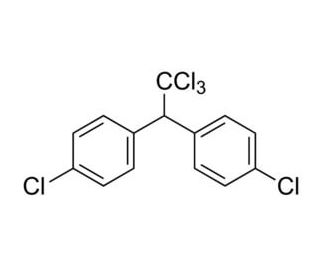
| PubChem CID | 24776 |
|---|
Dialdehyde starch is a modified product treated with a specific chemical process to produce a highly reactive and versatile material. It is typically made by oxidizing native starch with a particular chemical reagent to create an aldehyde functional group.
One of the primary uses of dialdehyde starch is as a crosslinking agent in producing paper and paperboard. It improves the paper’s physical and mechanical properties by enhancing its wet strength and reducing porosity. Dialdehyde starch is also used to produce textile coatings, improving the fabric’s performance, stability, and durability.
Another essential application of dialdehyde starch is as a raw material in producing biodegradable polymers. It can be used as a starting material in making various bio-based materials, including films, coatings, and adhesives.
Dialdehyde starch is a non-toxic, biodegradable, and sustainable material, making it an eco-friendly choice for various applications. It is a safe and reliable material with excellent stability and compatibility with other materials.
Dialdehyde starch is a highly versatile and reactive material that finds numerous applications in various industrial sectors, including paper and paperboard production, textiles, and biodegradable polymer production. Its eco-friendly properties, stability, and compatibility make it an ideal choice for many manufacturing processes.
Dialdehydes are chemical combinations with two aldehyde functional groups (-CHO) linked to a single molecule. The standard procedure for dialdehydes is R-CHO-CHO-R’, where R and R’ are organic groups or atoms connected to carbonyl groups.
The simplest example of a dialdehyde is formaldehyde (methanal), which has both aldehyde groups connected to the same carbon atom, resulting in a structure similar to -OHC-CH2-CHO. The two aldehyde groups are attached to distinct carbon atoms in more complicated dialdehydes, such as glutaraldehyde (1,5-pentanedial).
| Appearance | N/A |
| Content of Zinc | N/A |
| Boiling Point | N / A |
| Melting Point | N/A |
| Vapor Pressure | N/A |
| % Volatile by Weight | N/A |
| Solubility in Water | N/A |
| Density | N/A |
| pH of Liquid, Typical (10% soln) | N/A |
| Specific Gravity Approx | N/A |
| Odor | N/A |
| pH | N/A |
| Flash Point | N/A |
| Ignition temperature | N/A |
| Lower exposure limit | N/A |
| Upper exposure limit | N/A |
Classification of the substance or mixture
GHS Label elements, including precautionary statements
Hazards not otherwise classified (HNOC) or not covered by GHS
"Sarchem Labs provides top-quality chemicals that meet the highest industry standards. Their reliable supply chain, excellent purity levels, and prompt customer service make them our go-to partner for research and production needs."
"We trust Sarchem Labs for their high-purity reagents and chemicals. Their extensive product catalog and fast shipping ensure that we always have what we need for our laboratory experiments without delays."
"Sarchem Labs stands out for its commitment to quality, safety, and customer satisfaction. Their chemicals are consistently reliable, and their support team is always ready to assist with any inquiries. Highly recommended!"
Dialdehyde starch is a chemically modified starch made by oxidising starch molecules and introducing aldehyde groups. Its dialdehyde structure increases reactivity, making it ideal for industrial and medicinal uses.
The dialdehyde structure substitutes hydroxyl groups in natural starch with aldehyde groups, increasing chemical reactivity. This change improves features like cross linking ability, binding, and biodegradability.
Dialdehyde starch is widely utilised in the textile industry, paper production, medicines, and water treatment. Its unusual dialdehyde structure offers outstanding binding, crosslinking, and film-forming characteristics for various industrial applications.
Dialdehyde starch is typically considered safe for industrial use. Due to its dialdehyde nature, it should be handled carefully to avoid irritation. Always observe safety data sheets and use protective equipment while handling and applying.
The dialdehyde structure of dialdehyde starch allows for excellent binding with water pollutants. Its chemical reactivity makes it ideal for coagulation and flocculation operations in wastewater treatment.